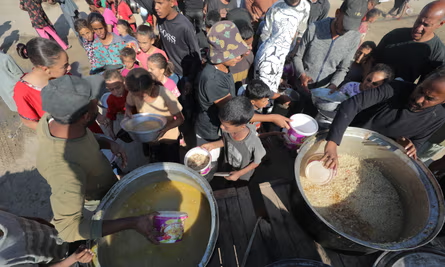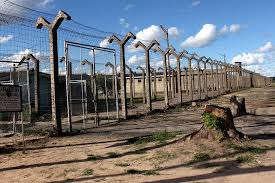Acute food insecurity is expected to worsen in war-stricken Sudan and nearly two dozen other countries and territories in the next six months, largely as a result of conflict and violence, an analysis by the UN’s Food and Agriculture Organization and World Food Programme has found.
The latest edition of the twice-yearly Hunger Hotspots report, published on Thursday, provides early warnings on food crises and situations around the world where food insecurity is likely to worsen, with a focus on the most severe and deteriorating situations of acute hunger.
An 18-month conflict has driven hunger in Sudan by disrupting food systems, causing displacement, and blocking access for humanitarian support. Weather extremes, such as floods, have also played a role in worsening food insecurity.
To identify hunger hotspots around the world, food security experts and analysts from the FAO and WFP conducted risk analysis of conflict, political violence, economic shocks and natural hazards, and assessed the current or probable disruptions to agricultural activities caused by those risks.
They found 22 hunger hotspots where acute food insecurity is projected to worsen between November 2024 and May 2025.
Sudan, South Sudan, Mali, Palestine and Haiti were rated at the level of highest concern, meaning they face famine or the risk of famine, or have populations in catastrophe. “People are experiencing an extreme lack of food and face unprecedented enduring starvation,” said Qu Dongyu, the director general of the FAO.










